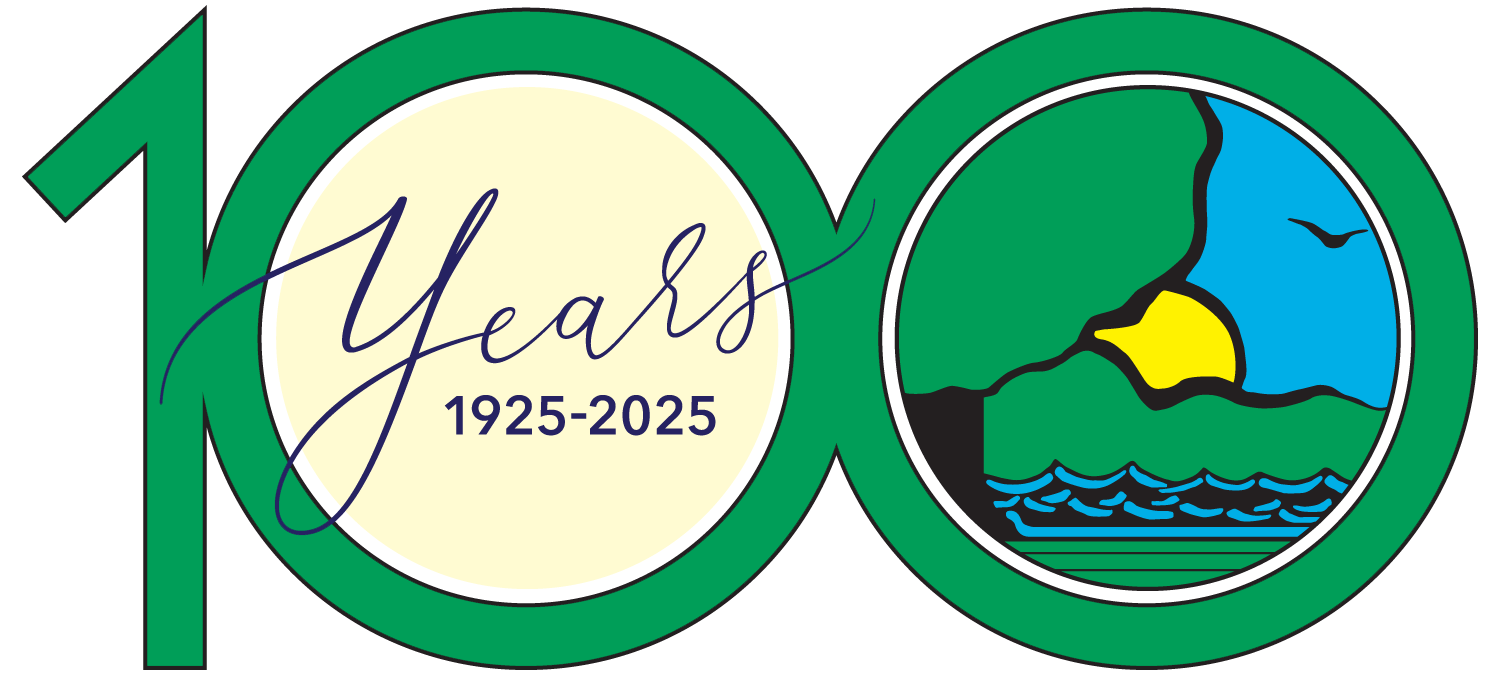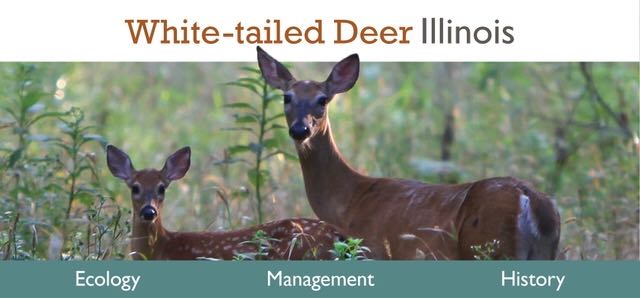
It was a cold winter night. Every ten minutes, I bundled up and ran outside to look at the sky. After a while, my son emerged from his bedroom, lifted one ear of his headphones and asked, “Why do you keep going outside?”
“There’s an awesome lunar eclipse!” I exclaimed. “Come watch it with me!” He shrugged, saying, “You know, Mom, you can just watch it on YouTube tomorrow.”

Ah, the Internet, where you can see amazing things on a screen without the hassle of experiencing them! You can peer into an eagle’s nest without scaling a cliff. You can venture into a virtual jungle without getting a malaria shot. You can hold a little device in your hand and have the galaxy at your fingertips.
While a multitude of good comes from this technology, there can be too much of a good thing. Screen time, for example. The more our attention is riveted on a screen, the less we pay attention to our surroundings. The more we live in a virtual world, the less connected we are with the real world.
As a naturalist, I’m often asked to recommend websites and apps for identifying plants and animals. My goal, I reply, is to spend as little time looking at a screen as possible and as much time being in the moment, especially when I’m outdoors. I recommend the same for others.

Lest you think I’m a Luddite or just a hopelessly out-of-touch old person, I’m not the former and not yet the latter! I can navigate the digital world moderately well. But looking at a screen doesn’t teach me to be a better botanist or birder or hunter, nor does it replace watching the heavens on a clear winter night. My advice is this: if you want to learn about nature, turn your phone on silent, tuck it in your pocket, and get outside.
Let’s say you want to learn wildflowers in central Illinois, so you download a plant identification app. You’re out on the trail, scrolling through the app to find the name of the plant in front of you. “Not that one, maybe this one,” you mutter. “No, go back,” says your partner looking over your shoulder. “Try this link.” Scroll, scroll, scroll. In comes a text alert. You have to text your friend back about where to meet tonight, and then you check your calendar to see when the concert is, and while you’re at it why not a Snapchat of you near this big tree? Meanwhile, about that flower … Did you notice the pollinator on it? Did you hear the vireo singing? Did you smell the creek flowing by? Did you feel the warm sun?
Here’s an alternative: Try sketching the plant you’re trying to learn. No artistic skill required, just patience and observation. Take a pencil and a journal. You’ll have to sit down on the ground, get a little dirty, and swat a few mosquitoes. Then, you need to look—really look—at the plant. Count the petals and the stamens. Touch the stem to feel if it’s rough or smooth. Note how the leaves are arranged, and if they are jagged on the edge.

It may take a while, but with this method, not only will the plant be sketched in your journal, it will be etched in your mind—along with the pollinator, the vireo, the creek, and the sun. The essence of the plant is more than a match on the screen. It’s a gestalt thing, and I don’t think there’s an app for that.
What about cameras on phones? Very helpful in the field, for sure. Again, some precaution. As Annie Dillard wrote, “When I walk with a camera I walk from shot to shot. When I walk without a camera, my own shutter opens.”
Over-reliance on digital technology can rob us of observation skills, because it prevents us from living in the moment. The screen separates us from the tangible, real world. If you put the device away, you can be fully present in nature. You’ll learn a whole lot more than just the names of plants and animals.
It all boils down to this: The best application software for learning about nature is not in your phone or your laptop, it’s in your brain. You’ve got all the system requirements, and you automatically update every time you go out in the field.
Whether it’s experiencing an eclipse or learning to identify trees in the woods, your best bet is to turn off the phone and look away from the screen. You’ll see amazing things in nature. You’ll hear more than ringtones. You’ll feel the subtleties of the season. No need to watch nature on YouTube tomorrow, because you are there, now, and the experience will be with you forever.
Photo Credits
Photos by Forest Preserve District of Kane County.

Valerie Blaine has worked as a naturalist for more than 40 years, from the prairies and woodlands of Illinois to the shores of the San Francisco Bay. She earned a master’s degree in forestry and a bachelor’s degree in botany from the University of Illinois. Blaine is the Nature Programs Manager for the Forest Preserve District of Kane County. You may reach her at blainevalerie@kaneforest.com.














Submit a question for the author